Using the SkyCiv Load Generator – NSCP 2015 Seismic Load Calculations
Seismic load calculation based on National Structural Code of the Philippines (NSCP) 2015 is now available in the SkyCiv Load Generator. Users can automatically get the seismic parameters for a specific location based on its distance from the nearest fault or seismic source. Moreover, generate the seismic forces using the Equivalent Force method and the Design Response Spectrum which comes handy when applied to your S3D model. The distance from nearest fault is based on Active Fault data of the Philippines (DOST-PHIVOLCS, 2021 – see Hazard Hunter PH for more details) which is then processed to determine the Near-source factors \( N_{a} \) and \( N_{v} \) based on Tables 208-5 and 208-6 of the NSCP 2015. Users will be able to obtain get the following data from our server:
- Distance from Nearest Fault \( D \), in kms
- Nearest Fault
- Seismic Zone Factor \( Z \)
- Near-Source Factor \( N_{a} \)
- Near-Source Factor \( N_{v} \)
With a Professional Account or by purchasing the standalone Load Generator module, you can use all the features of this calculation as long as you want. You can purchase the standalone module thru this link.
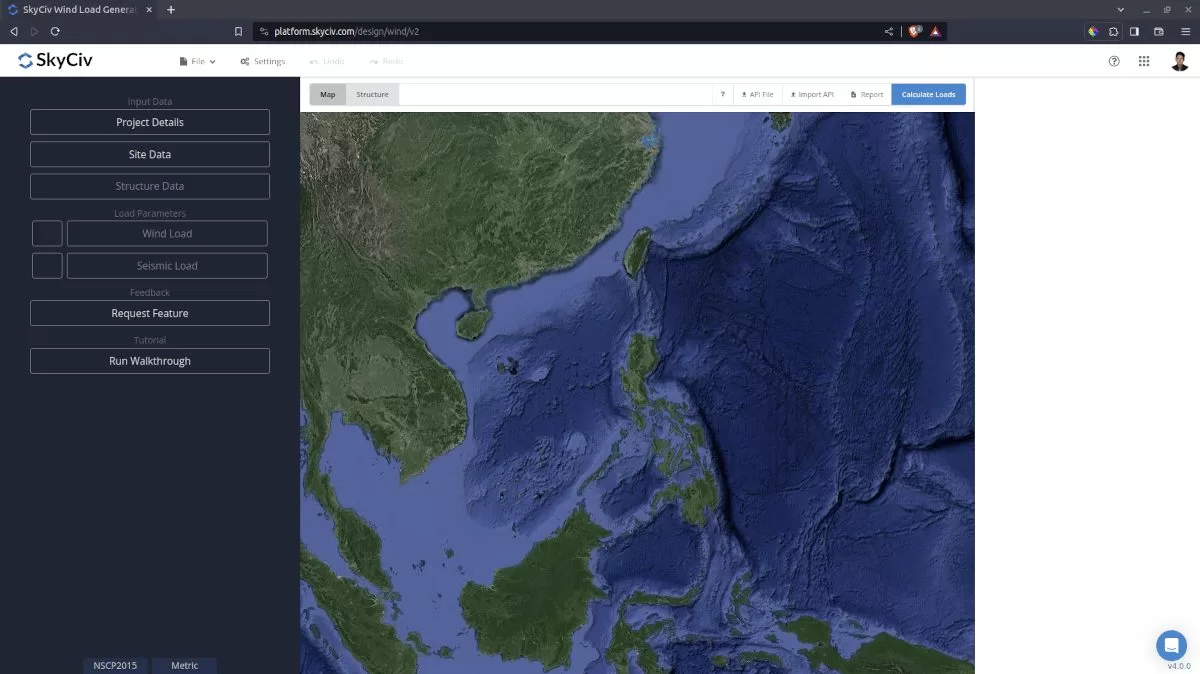
Figure 1. SkyCiv Load Generator UI.
Site Data
Together with the wind speed and ground snow load data, users can get the seismic parameters for the location obtained from our server by defining the Occupancy Category of the structure, Seismic Source Type, and then the location:

Figure 2. NSCP 2015 site seismic parameters.
Users can modify the parameters to obtain the most appropriate seismic load for the structure.
Structure Data
Next step is to define first the Structure you are analyzing. Currently, only Building is supported in NSCP 2015.
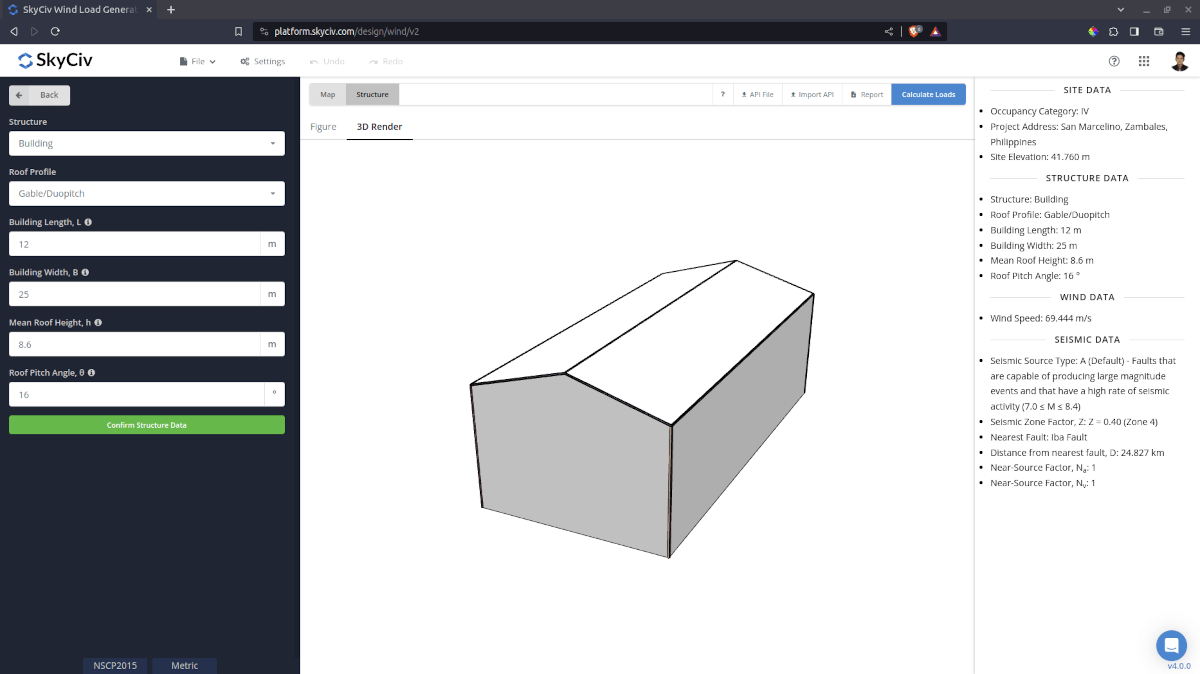
Figure 3. Structure data input for buildings.
Seismic Data
To proceed with our seismic load calculation, we need to check the checkbox first beside the Seismic Load button. By default, this is checked when the all site seismic data have been defined.
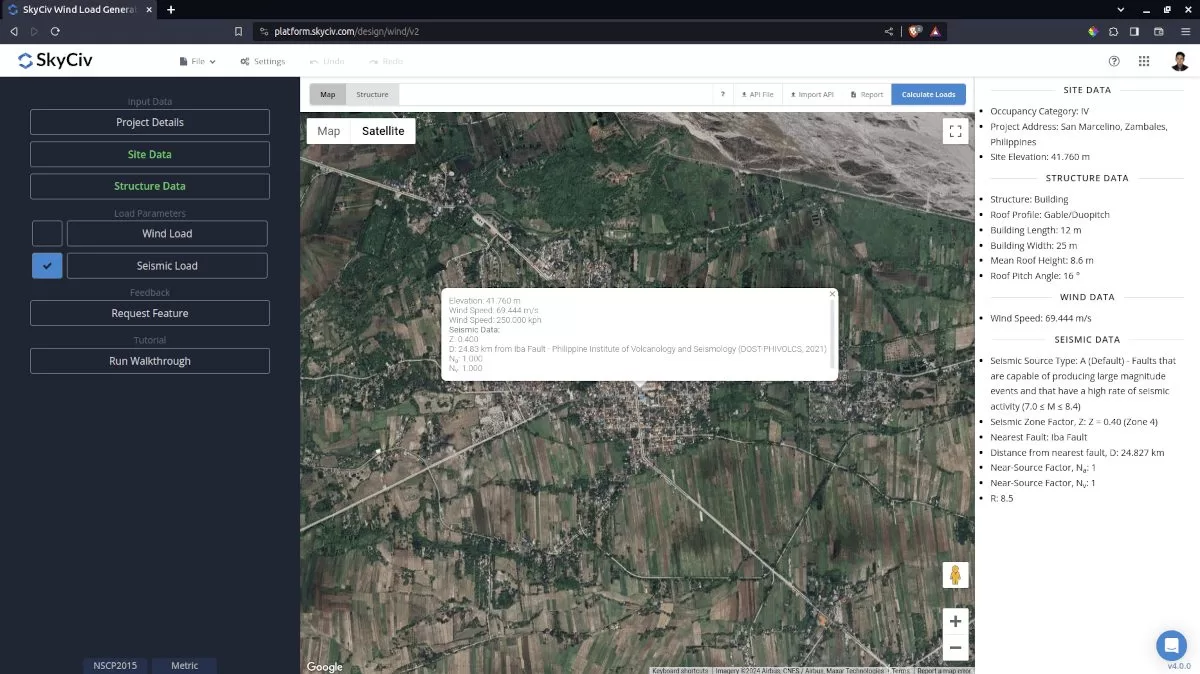
Figure 4. Checkbox for Seismic Load Data.
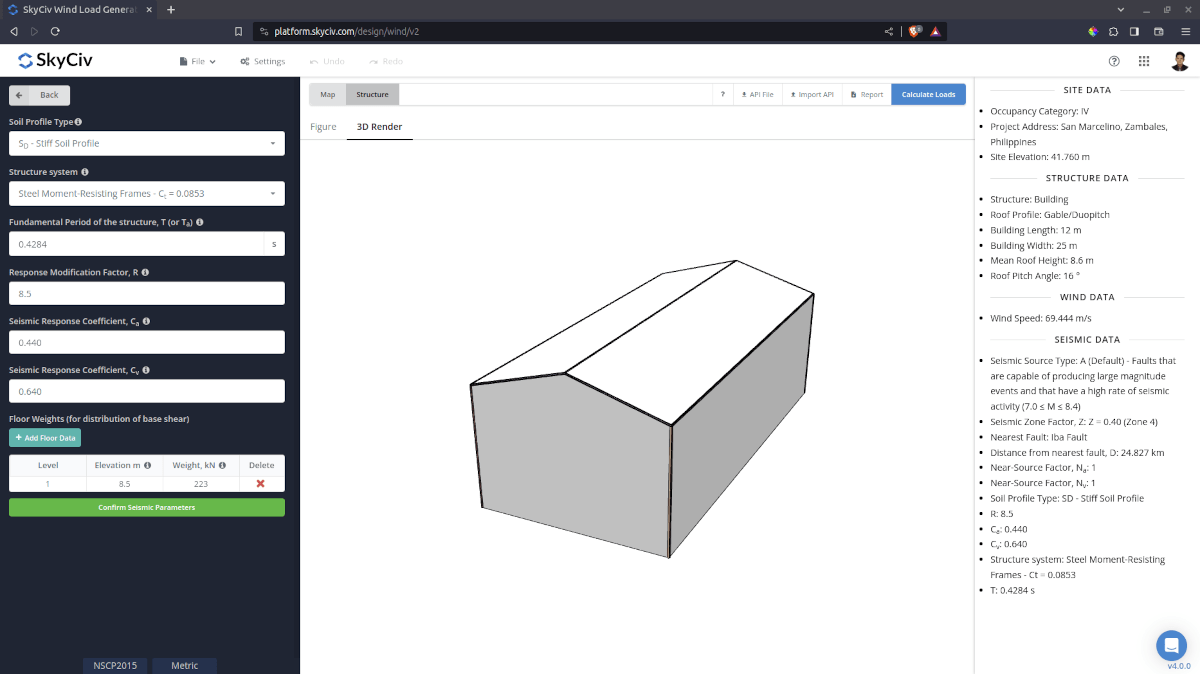
Figure 5. Seismic Parameters for Buildings.
The seismic parameters needed (for building) to be defined are the following:
- Structure system – for determining the values of \({C}_{t} \) which will be used in calculating the approximate fundamental period of the structure \( T \)
- Approximate fundamental period of the structure \( T \) – can be user-defined to more appropriate seismic load calculation. Can be calculated using the SkyCiv S3D – Dynamic Frequency
- Response Modification Factor \( R \) – default value is 3.5 and should be modified for more appropriate seismic results
- Seismic Response Coefficient \( {C}_{a} \) – automatically calculated based on Soil Profile Type and Zone Factor
- Seismic Response Coefficient \( {C}_{v} \) – automatically calculated based on Soil Profile Type and Zone Factor
- Floor Weights – used for the vertical distribution of base shear and for diaphragm forces. Data per level required are: Level (for designation), Elevation, and Weight
The approximate fundamental period of the structure is automatically calculated as guide for the users when the “Structure system” dropdown is changed. Users are free to edit this value which is affect the corresponding calculated base shear for the structure.
Results
Once all the parameters are defined, clicking the Calculate Loads button will give a result as shown below. The seismic load results will show the parameters in calculating the seismic load as shown below. The summarized results are shown on the right side of the screen. Other results are shown on the detailed report.
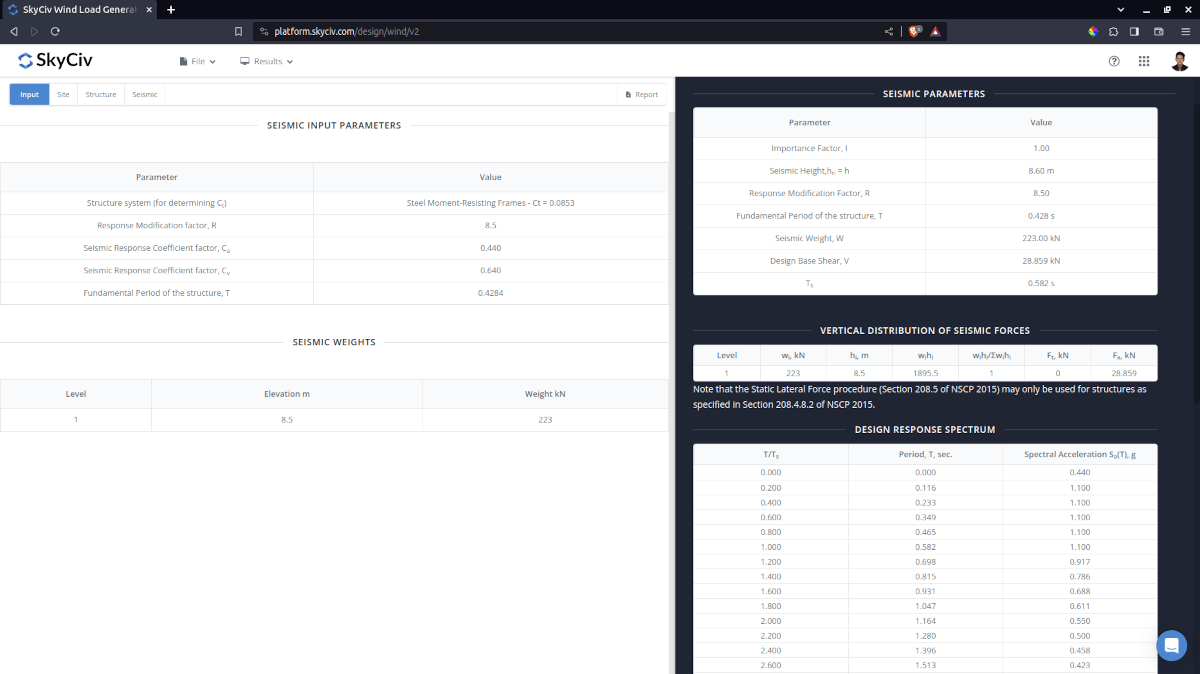
Figure 6. Seismic input parameters used in the calculation and the calculated and base shear.
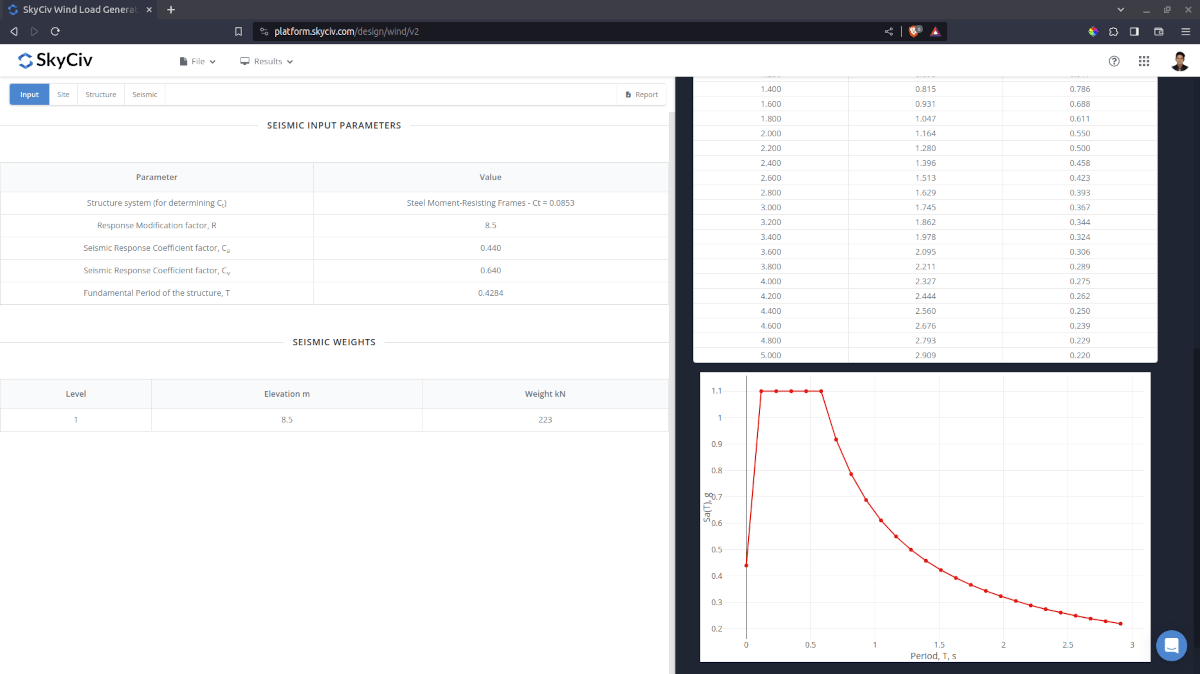
Figure 7. The generated Design Response Spectrum for the structure.
Detailed Calculation
The detailed seismic load calculations can be accessed only by Professional account users and those who purchased the standalone load generator module. All the parameters and assumptions used in the calculation are displayed on the report to make it transparent to the user. You can download a sample detailed calculation thru the following links:
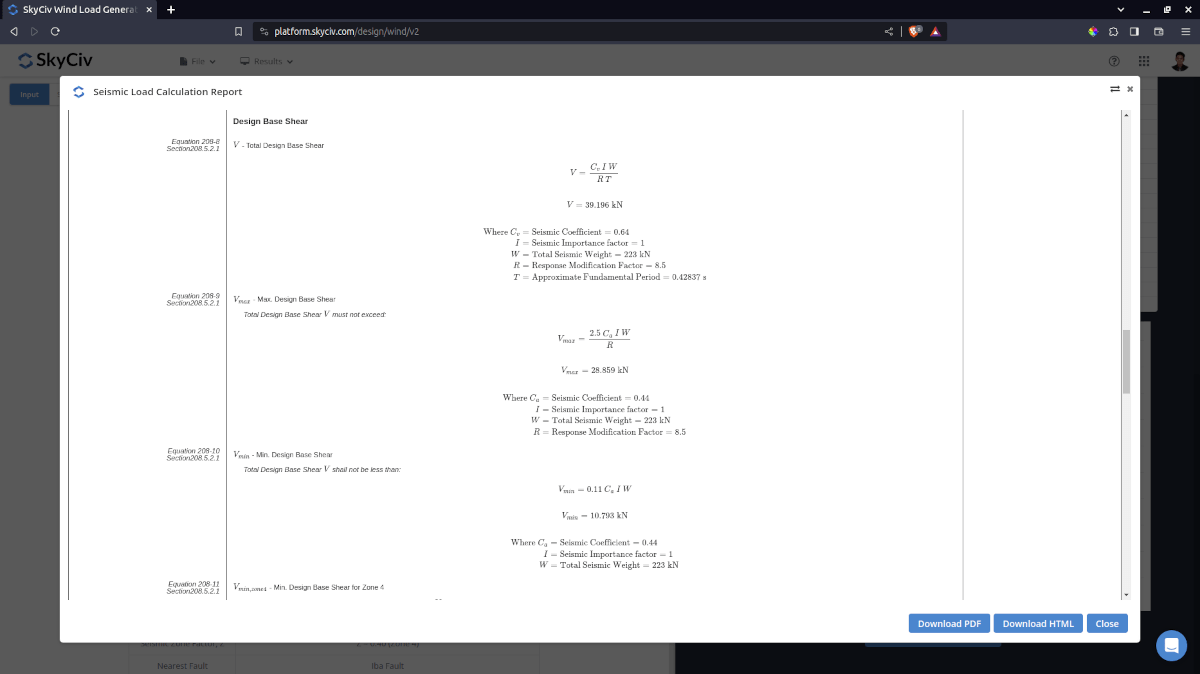
Figure 8. Detailed seismic load calculation generated from SkyCiv Load Generator.
References:
- Association of Structural Engineers of the Philippines (ASEP). (2016). National Structural Code of the Philippines 2015.
- Philippine Institute of Volcanology and Seismology (DOST-PHIVOLCS) (n.d.). Hazard Hunter PH. Hazard Hunter PH. Retrieved November 12, 2022, from https://hazardhunter.georisk.gov.ph/map
- Google Maps

